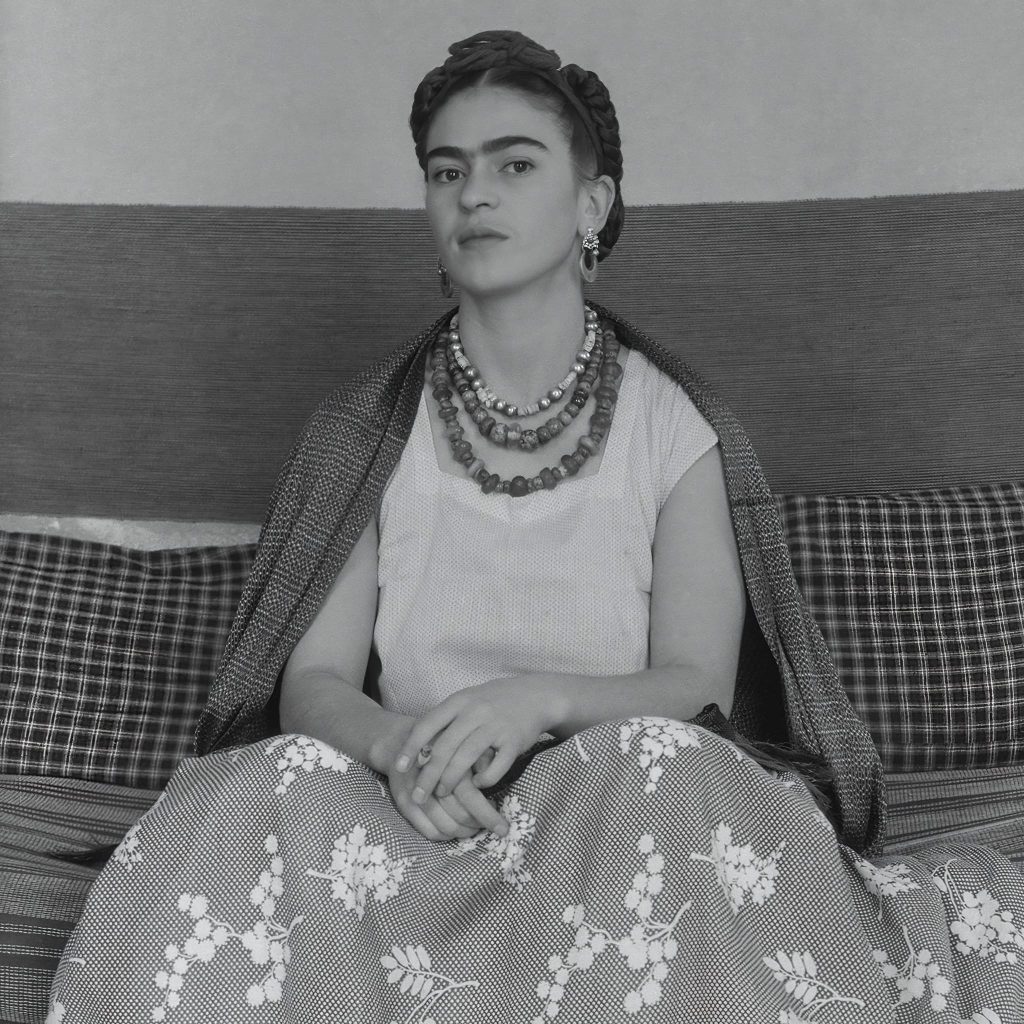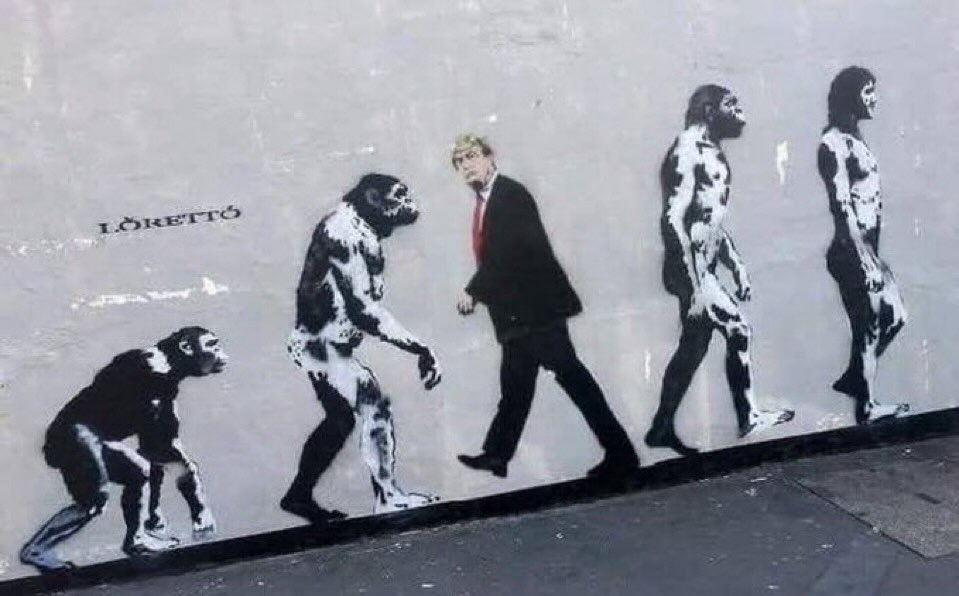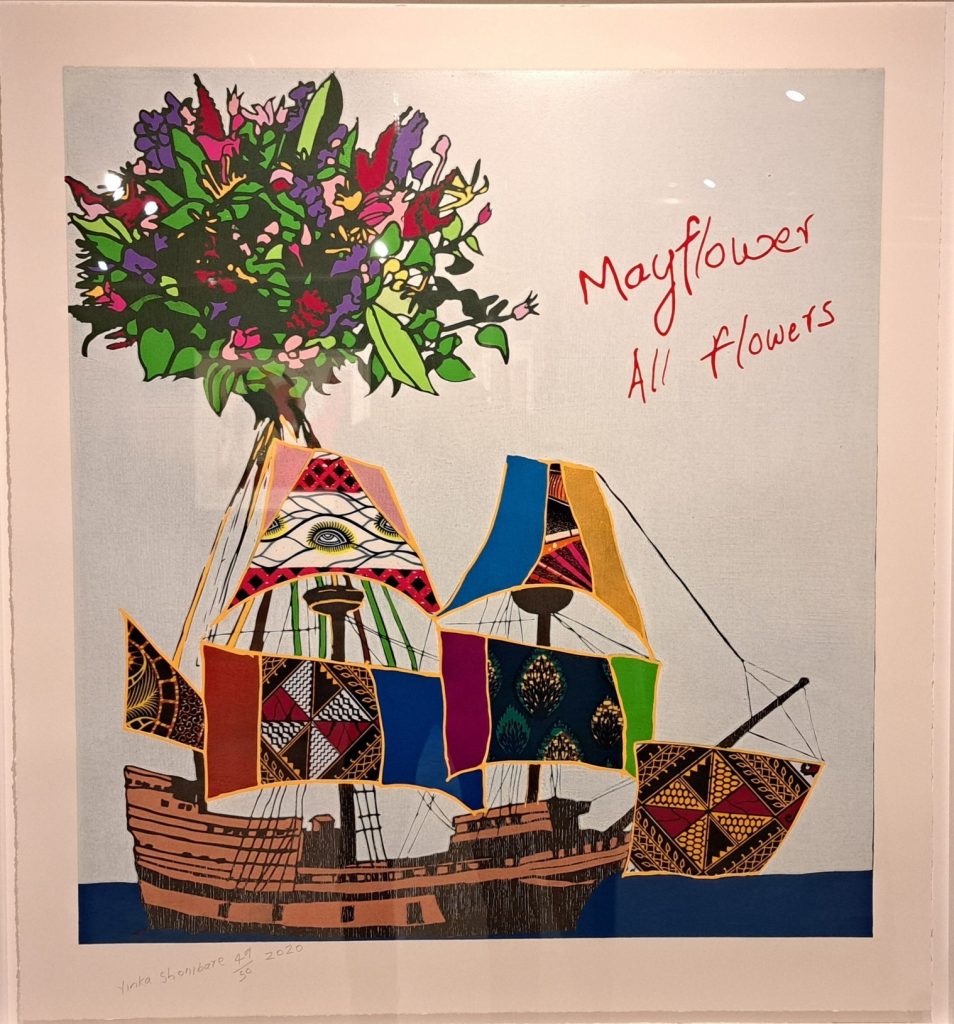No products in the cart.
Diversity in Art – 10 Trailblazing Artists Challenging Norms Through Creativity
Art has always been a powerful vehicle for exploring complex themes, expressing deeply personal narratives, and challenging societal norms. Yet, historically, the art world has often overlooked diverse artistic voices, favouring traditional narratives and perspectives. Today, contemporary artists across the globe are changing this dynamic by using their creativity to advocate for inclusivity and representation. By promoting diversity through artistic expression, these artists help to break down cultural barriers, invite viewers to engage with unfamiliar perspectives, and enrich our shared visual language.
The importance of diversity in art extends far beyond the canvas or gallery walls—it contributes to a broader cultural dialogue and fosters empathy and understanding. Artists from varied backgrounds use their experiences to push the boundaries of artistic expression, challenge stereotypes, and question established norms. Their art forms, ranging from paintings and sculptures to photography and wearable art, engage diverse audiences, provoke thoughtful conversations, and create spaces that reflect the true diversity of our global society.
In this blog, we’ll explore the powerful stories and innovative works of ten contemporary artists who are redefining modern art. These trailblazing creatives, including artists like South Africa’s Zanele Muholi, invite viewers into their deeply personal worlds and boldly confront critical issues around identity, race, gender, and social justice. Each has left an indelible mark on the contemporary art scene, reshaping how we understand creativity, inclusivity, and artistic expression.
To understand more about the role diversity plays in shaping today’s dynamic art landscape, explore initiatives such as Tate Modern’s Inclusive Art Initiative, which highlights diverse perspectives in contemporary art and underlines the importance of inclusive artistic practices.
As we dive deeper into these ten artists’ lives and creations, you’ll see how they inspire meaningful social change and continue to challenge the traditional boundaries of what art can be.
Celebrating Identity Through Visual Storytelling

1. Zanele Muholi – Powerful Portraits from South Africa
Zanele Muholi is a groundbreaking visual activist based in South Africa, renowned globally for their striking photographic portrayals of LGBTQ+ communities. Muholi’s art boldly confronts issues of identity, sexuality, and visibility, often reflecting deeply personal narratives that challenge societal norms. Through their powerful photography, Muholi not only captures individual experiences but also creates a collective visual history of marginalised groups whose stories have historically been ignored or misrepresented.
One of Muholi’s most celebrated and poignant works is the series Faces and Phases. This expansive collection, developed over more than a decade, features striking black-and-white portraits of LGBTQ+ individuals across South Africa. Each portrait serves to humanise and dignify its subject, emphasising their individuality and shared resilience. Through carefully crafted visual storytelling, Muholi invites viewers to engage directly with the realities, joys, and struggles of their subjects, fostering empathy and greater social awareness.
Muholi’s artistic impact extends far beyond gallery walls. By challenging deeply entrenched stereotypes around gender, sexuality, and race, their photography encourages essential conversations on representation, human rights, and social justice. Their work has become a rallying point for LGBTQ+ visibility globally, influencing diverse audiences and inspiring activists and artists alike.
Muholi’s photographs have been widely exhibited internationally, most notably at prestigious institutions like Tate Modern in London. To explore Muholi’s compelling works and learn more about their lasting influence on contemporary art, visit the Tate Modern’s Zanele Muholi Exhibition.

2. Kehinde Wiley – Reimagining Art History
Kehinde Wiley is an acclaimed African American artist whose work challenges traditional notions of power, representation, and identity in art history. Known primarily for his vivid and meticulously painted portraits, Wiley reinterprets classical European paintings, replacing historical subjects with contemporary Black individuals. This deliberate artistic choice invites viewers to reconsider the cultural narratives around race and identity within the context of traditional European portraiture.
Wiley’s work first drew widespread international attention with his Portrait of Barack Obama, which became the official presidential portrait displayed in the Smithsonian’s National Portrait Gallery. His portrait depicted Obama seated against a lush backdrop of symbolic foliage, seamlessly blending historical tradition with modern representation. Another notable piece, Napoleon Leading the Army over the Alps, repositions a young Black man as the central heroic figure, directly referencing Jacques-Louis David’s famous painting of Napoleon. Through these powerful portrayals, Wiley promotes diversity, elevates underrepresented communities, and challenges societal norms around race and power.
His groundbreaking approach has significantly impacted contemporary art, pushing institutions globally to reconsider their collections and exhibitions, ensuring diverse perspectives are not only included but celebrated. The National Portrait Gallery’s Kehinde Wiley collection highlights his significant contributions to rethinking the narratives presented in traditional portraiture.
To explore more about Kehinde Wiley’s transformative works and exhibitions, visit the National Portrait Gallery’s Kehinde Wiley page
Blending Cultural Heritage and Contemporary Expression

3. Yayoi Kusama – Infinity and Identity
Yayoi Kusama is a renowned Japanese contemporary artist celebrated for her immersive installations that explore deeply personal themes of identity, infinity, and mental health. Kusama’s groundbreaking works, including the famous “Infinity Mirror Rooms” and vibrant “Pumpkin” installations, provide viewers with a powerful sensory experience, blurring the lines between art, self, and environment.
Throughout her extensive career, Kusama has openly discussed her personal struggles with mental health, embedding these profound experiences within her art. Her boundary-pushing installations, which often envelop viewers in repetitive patterns, mirrors, and intense colour, offer a unique space for reflection, self-awareness, and empathy. In doing so, Kusama has significantly contributed to breaking down stigma and promoting understanding surrounding mental health issues.
Kusama’s exhibitions consistently attract diverse global audiences, highlighting how contemporary art can transcend cultural boundaries and facilitate dialogue around shared human experiences. Her work challenges traditional artistic conventions, and continues to influence generations of artists around the world.
To learn more about Yayoi Kusama’s innovative art and explore her exhibitions, visit the Victoria Miro Gallery’s Yayoi Kusama page.

4. Ai Weiwei – Activism Through Art
Ai Weiwei is a celebrated Chinese contemporary artist and activist known for using politically charged installations and mixed media art to highlight issues surrounding freedom, human rights, and societal injustice. His works, including “Sunflower Seeds” and “Dropping a Han Dynasty Urn,” intentionally provoke reflection and debate, challenging oppressive norms and authoritarianism within both China and the broader global context.
Ai Weiwei’s art boldly addresses themes of surveillance, censorship, migration, and governmental power structures, often placing him at odds with Chinese authorities. His famous installation, “Sunflower Seeds,” consisted of millions of hand-painted porcelain seeds, symbolising individuality and collective strength in a repressive society. Similarly, “Dropping a Han Dynasty Urn” critiques cultural values and historical preservation by deliberately destroying an ancient artefact.
His fearless commitment to activism through contemporary art has made Ai Weiwei an influential figure worldwide, using his platform to advocate for human rights, freedom of expression, and social awareness.
To discover more about Ai Weiwei’s groundbreaking artworks and advocacy, visit the Royal Academy’s Ai Weiwei page.
Female Forms, Feminism, and Artistic Resistance

5. Frida Kahlo – Pioneering Identity Politics
Frida Kahlo was a Mexican artist renowned for her emotionally charged self-portraits, which tackled complex themes such as gender identity, cultural heritage, and disability. Kahlo’s vivid and often confronting imagery explored deeply personal experiences, including her struggles with chronic pain following a traumatic accident, and her complex sense of identity. By candidly depicting herself through symbolic representations, she openly challenged conventional ideas about femininity, beauty, and strength.
Some of Kahlo’s most celebrated works, such as “The Two Fridas” and “Self-Portrait with Thorn Necklace and Hummingbird,” highlight her extraordinary ability to translate profound physical and emotional struggles into visually captivating art. “The Two Fridas,” for instance, explores her dual cultural identities and personal heartbreak, symbolising resilience amidst adversity. Similarly, “Self-Portrait with Thorn Necklace and Hummingbird” confronts the viewer with symbolic imagery representing her personal pain and endurance.

Kahlo’s unapologetic approach to portraying her lived experiences significantly influenced feminist art movements, leaving an indelible mark on modern art and inspiring generations of artists worldwide. Her work continues to resonate deeply, sparking critical conversations about gender, disability, and identity politics within contemporary art discourse.
To further explore Frida Kahlo’s life, legacy, and extensive collection of her artworks, visit the Frida Kahlo Foundation website.

6. Shirin Neshat – Narratives of Identity and Exile
Shirin Neshat is an internationally acclaimed Iranian-born artist based in London, renowned for her compelling photography, films, and video installations that explore powerful themes of gender, cultural identity, and exile. Through visually arresting and emotionally resonant artworks, Neshat offers profound insights into the complexities and challenges faced by women, particularly within the context of Iranian society.
Her groundbreaking photographic series, “Women of Allah,” combines portraits of veiled Iranian women with intricate Persian calligraphy, addressing the intersections of femininity, religion, and political identity. This series thoughtfully critiques and explores Western perceptions of Islamic culture, inviting viewers to engage deeply with personal and collective narratives of resilience, oppression, and strength.
Neshat’s art not only challenges stereotypes but also provides nuanced portrayals of Middle Eastern identities, particularly the experiences of women. By confronting difficult topics such as exile, displacement, and cultural memory, her work helps foster empathy and understanding among diverse global audiences, promoting inclusivity and dialogue within contemporary art spaces.
To learn more about Shirin Neshat’s influential work and her contributions to contemporary art, visit the Broad Museum’s Shirin Neshat page.
Wearable Art & Boundary-Pushing Fashion

7. Nick Cave – Soundsuits and Social Commentary
Nick Cave is an influential African American artist recognised for his imaginative, sculptural creations known as “Soundsuits”. These vibrant, meticulously crafted wearable art pieces blend fashion, sculpture, and performance art to explore themes of identity, race, gender, and social justice. Each Soundsuit is uniquely elaborate, constructed from diverse materials including textiles, beads, buttons, and found objects, transforming wearers into powerful, otherworldly figures.
Cave began creating Soundsuits in response to social and political tensions, using art as a medium for commentary and activism. The colourful costumes conceal the wearer’s identity, stripping away preconceptions related to race, gender, or class, and compelling audiences to confront their biases. By combining visual spectacle with meaningful symbolism, Cave’s work actively challenges racial and gender stereotypes, while also promoting dialogue around diversity and inclusivity.
His widely celebrated “Soundsuit” series has been exhibited globally, engaging communities and viewers of all backgrounds through immersive and inclusive art experiences. Beyond visual aesthetics, Cave often incorporates performance, allowing wearers to bring his creations to life through movement, sound, and interaction.
To explore Nick Cave’s groundbreaking “Soundsuit” series and other significant works, visit the Jack Shainman Gallery’s Nick Cave page.

8. Iris van Herpen – Fusing Fashion, Art, and Technology
Iris van Herpen is an innovative Dutch fashion designer renowned for creating extraordinary wearable art that effortlessly blends cutting-edge technology with high fashion. Her avant-garde designs, often described as “fashion sculptures,” incorporate futuristic techniques such as 3D printing, laser cutting, and intricate textile engineering, challenging traditional boundaries of both fashion and art.
Van Herpen’s artistic practice pushes the limits of what is considered possible in fashion, continually redefining the relationship between art, science, and wearable design. Her work frequently draws inspiration from nature, physics, and the complexity of human biology, resulting in garments that seem otherworldly yet deeply connected to natural forms.
Her iconic collections, such as “Aeriform” and “Sensory Seas,” have captivated diverse audiences and redefined the possibilities of modern fashion. These collections not only showcase her extraordinary technical skill but also promote discussions on sustainability, identity, and the human relationship with technology.
Iris van Herpen’s groundbreaking work has been widely exhibited in museums and galleries internationally, including major exhibitions at the Victoria & Albert Museum and the Metropolitan Museum of Art. Her creations continue to inspire a new generation of designers and artists who view fashion as a powerful medium for artistic expression and technological innovation.
Discover more about Iris van Herpen’s pioneering designs on her official website, Iris van Herpen.
Inclusive Art and Social Activism

9. Banksy – Street Art and Cultural Commentary
Banksy, the famously anonymous British street artist, uses his striking, provocative artworks to critique society and promote social change. Known globally for pieces like “Girl with Balloon” and the dramatic “Love is in the Bin”, Banksy’s work cleverly confronts issues such as social inequality, war, consumerism, and politics. His accessible, street-based approach invites diverse audiences into critical dialogues, making contemporary art inclusive and relatable to people from all walks of life.
Banksy’s stencilled artworks frequently appear unexpectedly in public spaces, engaging directly with their surroundings and making powerful social statements. Pieces such as “Love is in the Bin,” which made global headlines when it self-destructed at auction, underscore his commitment to challenging established art norms and commercialisation.
His artwork resonates globally, stimulating discussions on important issues ranging from refugee crises to consumerism and governmental oppression. Through art that is often humorous yet sharply critical, Banksy continues to inspire diverse audiences to question the world around them and promotes active social engagement and change.
You can learn more about Banksy’s work and recent projects by visiting his official website, Banksy Official.

10. Yinka Shonibare – Re-examining Colonial Narratives
Yinka Shonibare is a British-Nigerian contemporary artist based in London whose captivating installations and sculptures explore complex themes of identity, colonialism, and globalisation. His distinctive style blends vibrant, patterned fabrics—often associated with African culture—with European colonial imagery, prompting viewers to reconsider traditional historical narratives and cultural stereotypes.
Shonibare’s work frequently incorporates brightly coloured Dutch wax fabric, symbolising the entangled histories of Europe, Africa, and colonialism. His iconic pieces, such as Nelson’s Ship in a Bottle and The Swing (After Fragonard), cleverly reinterpret familiar historical and artistic references, encouraging audiences to confront and question past narratives. By doing so, Shonibare’s work highlights the importance of cultural identity, representation, and the lasting impact of colonial legacies.
Through his thought-provoking installations and sculptures, Shonibare consistently promotes inclusive and diverse perspectives within the contemporary art scene. His contributions to international art exhibitions have made him a pivotal figure in ongoing conversations about identity, representation, and cultural heritage.
To explore more about Yinka Shonibare’s thought-provoking art and influence, visit the Tate Gallery’s Yinka Shonibare page.
The Importance of Diversity in Modern Art Institutions
As contemporary artists continue to broaden artistic horizons by sharing diverse narratives and perspectives, major art institutions are increasingly recognising the importance of diversity and inclusivity in their programming. Galleries and museums such as Tate Modern and the Guggenheim have made dedicated efforts to showcase underrepresented artists, creating opportunities for diverse audiences to connect deeply with art that reflects varied cultural identities and experiences.
The Museum of Modern Art (MoMA), for instance, has significantly expanded its commitment to diversity and inclusion, actively promoting initiatives to represent artists from a wide array of backgrounds. MoMA’s comprehensive Diversity and Inclusion initiative highlights their ongoing efforts to build inclusive spaces where contemporary artists from all backgrounds can thrive.
Similarly, Tate Modern celebrated its 10th anniversary of inclusive programming, actively curating exhibitions designed to challenge societal norms and foster greater cultural understanding. By prioritising inclusivity, these institutions not only enrich contemporary art but also help break down barriers that have historically limited representation.
Conclusion
The artists explored in this blog have profoundly shaped contemporary art through their dynamic, creative expressions and commitment to promoting diversity. By challenging norms, re-examining history, and celebrating unique identities, these trailblazers have expanded the scope of art, making it richer and more inclusive for all audiences.
To continue supporting diversity and inclusivity within the art world, engage with exhibitions, galleries, and artists dedicated to these values. Visit museums, attend events, and explore initiatives such as MoMA’s commitment to Diversity and Inclusion.
Which of these artists do you find most inspiring, and why? Share your views in the comments and join the important conversation on diversity in art.


Leave a Reply